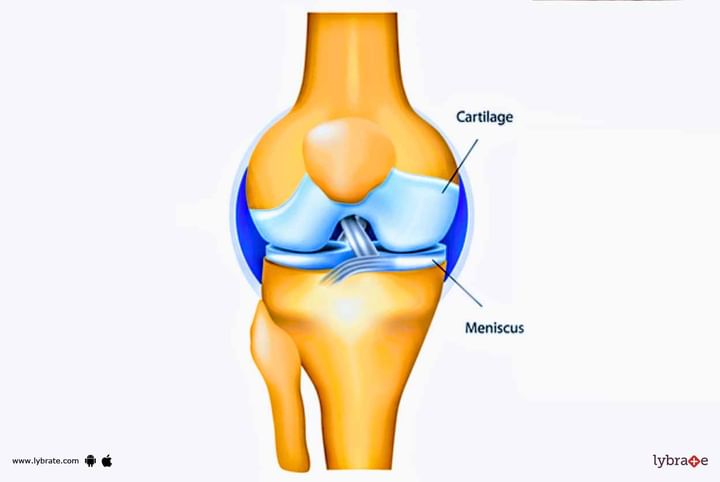How To Deal With Damaged Cartilage?
Cartilage is an important structural component of human body. It is found in various parts of body like joints, end of ribs, nose, ears, and airway tube.
Knee joint contains 2 types of cartilage. 1st is the type which lines the surface of bones. 2nd type lies between the two joint forming bones and is called Meniscus. This article is about 1st type which is also called as articular cartilage.
Articular cartilage works as a lubricated surface and reduces joint friction. It plays a role of a cushion and absorbs shock. A healthy cartilage ensures smooth and pain free motion of a joint.
Cartilage can get damaged by injury, ageing, infection and rheumatological disorders. Injury is a common culprit in young age especially in a sports person. Cartilage injury can manifest itself with pain swelling, locking of joint and inability to put load on affected leg.
Cartilage damage is often not visible in X-rays and a MRI may be suggested by your doctor. Initial management of cartilage injury is similar to other limb injuries.
- Cold compress: Application of cooling pad or simple ice helps with reduction of swelling and pain.
- Support: Type of support needed for limb depend on severity of injury. If associated with severe pain or instability a splint can be applied (for e.g. a “cricket pad” splint or a hinge knee brace).
- Rest: Rest is usually advised in initial management. In mild damages early motion of joint is advised. Physiotherapy also helps in keeping the strength of limb and reducing stiffness of joint.
- Surgery: Unfortunately cartilage tissue does not have self healing properties. Number of surgical techniques can be used and choice depends on location size and depth of cartilage damage. Age of patient, physical fitness and age of injury also play a vital role in decision making. Some surgical options are:
- Encouraging growth of new cartilage by drilling multiple holes. This also known as micro-fracture technique and can be done via key hole surgery (arthroscopy).
- Often removal of torn cartilage and smoothening of any rough area is simplest option. This protects joint from secondary damage from any loose torn cartilage. This can be achieved arthroscopically and recovery is quick.
- Implantation of Cartilage: This complex expensive procedure requiring multiple surgeries. Initially a small cartilage is taken from patients joint itself and grown in vitro (In lab). It is implanted inside a cartilage defect with a membrane acting as a structural support. This procedure has longer recovery time and variable success rate.
- Cartilage transfer: Osteochondral auto graft (bone with cartilage) is taken from a non weight bearing area and implanted in (plugged in) the cartilage defect. This surgery also has variable success rate and a slow recovery.



+1.svg)
